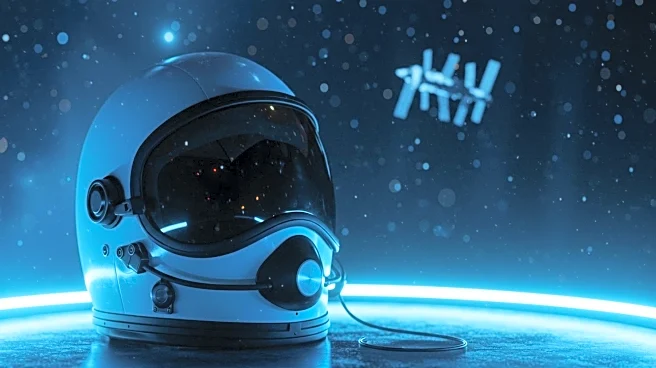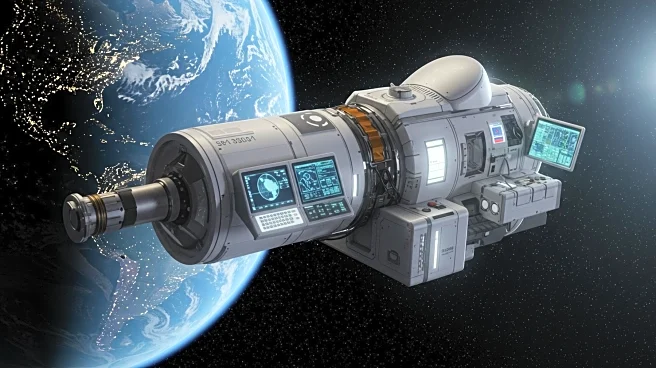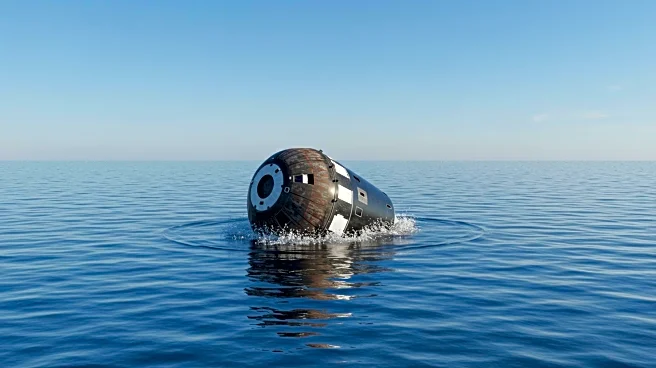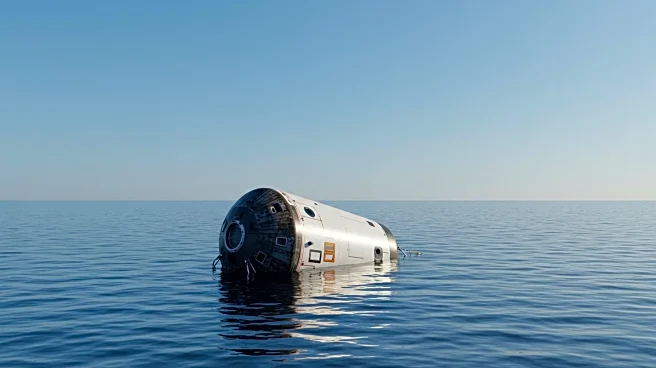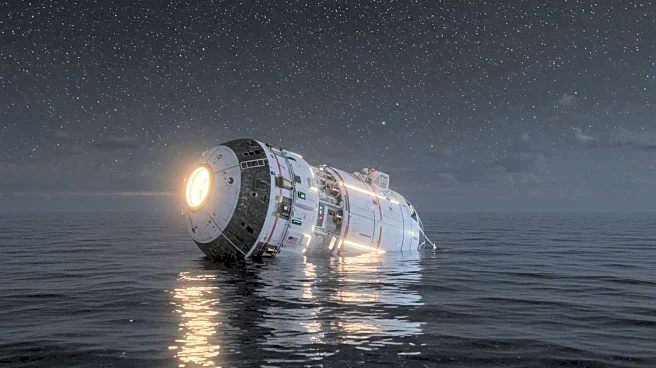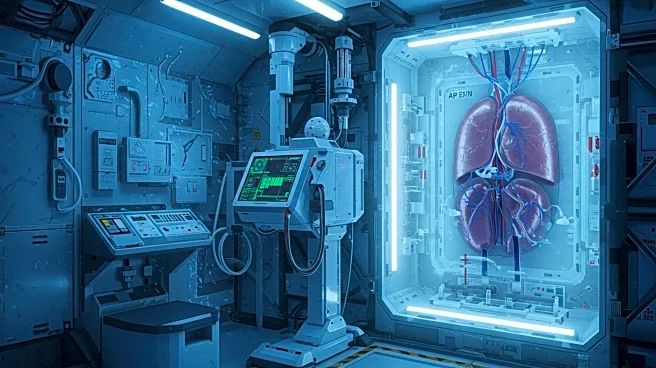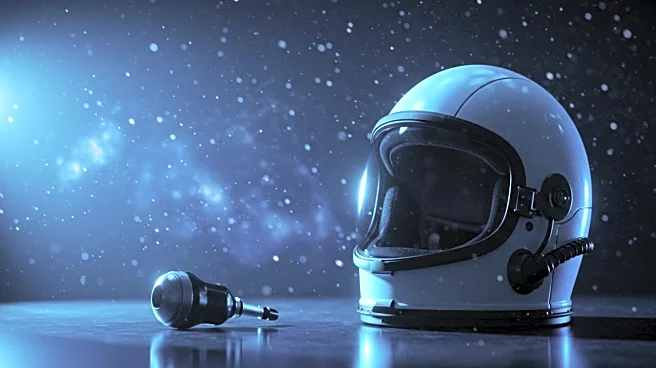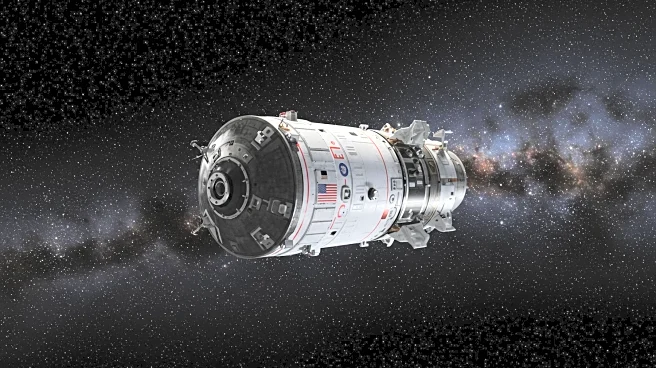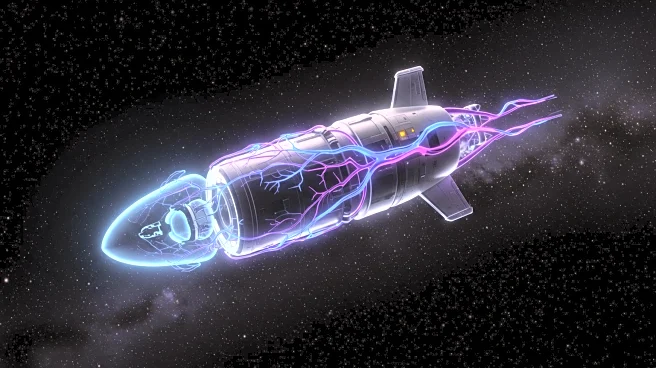What's Happening?
NASA's Expedition 73 crew aboard the International Space Station is conducting research to understand how space affects human physiology, focusing on the eyes, brain, and circulatory system. NASA Flight Engineers Mike Fincke and Zena Cardman are performing eye exams to study potential changes in eye anatomy due to space conditions. Jonny Kim is involved in the CIPHER investigation, examining how weightlessness impacts balance, direction, and memory. The crew is also preparing for potential spacewalks by maintaining spacesuits. Additionally, JAXA Flight Engineer Kimiya Yui is working on the Cold Atom Lab to study quantum physics, while Roscosmos cosmonauts are researching blood circulation and microbial environments in space.
Why It's Important?
Understanding the effects of space on human physiology is crucial for the safety and health of astronauts during long-duration missions. Insights from these studies can lead to the development of advanced tools to monitor and protect cognitive functions and physical health in microgravity. This research is vital for future missions to the Moon, Mars, and beyond, ensuring astronauts can perform optimally in challenging environments. The findings may also have implications for medical research on Earth, offering new perspectives on human health and disease prevention.
What's Next?
The crew will continue their research and maintenance activities, with potential spacewalks planned later this year. The ongoing studies will contribute to a better understanding of human adaptation to space, informing future mission planning and astronaut training. NASA and its international partners will analyze the collected data to refine methods for maintaining astronaut health and performance during extended space missions.
Beyond the Headlines
The research conducted on the International Space Station not only advances space exploration but also contributes to scientific knowledge that can benefit humanity. The study of quantum physics in space, for example, could lead to breakthroughs in technology and materials science. Additionally, understanding microbial environments in space can inform strategies for preventing contamination and ensuring the safety of space habitats.
